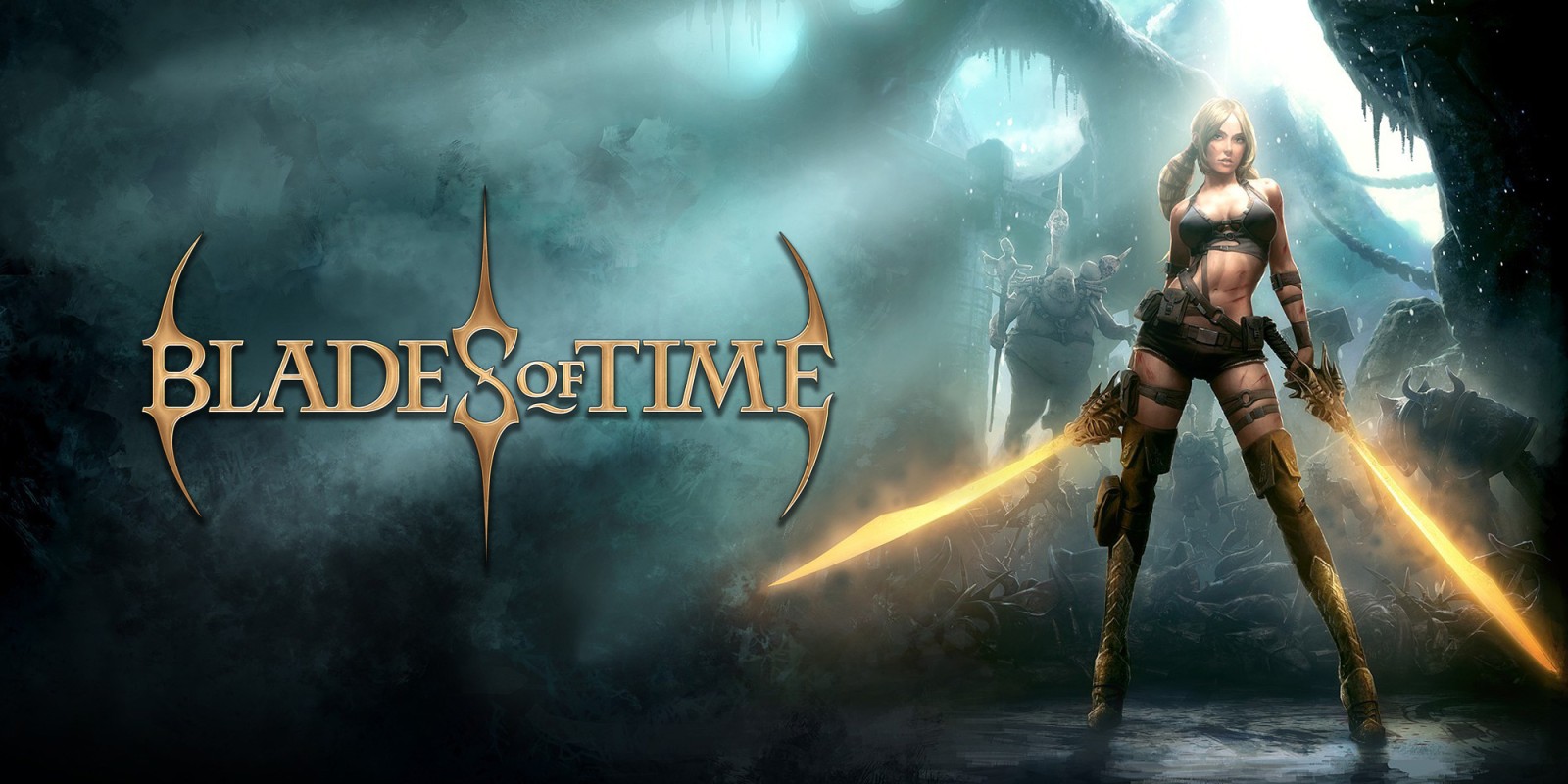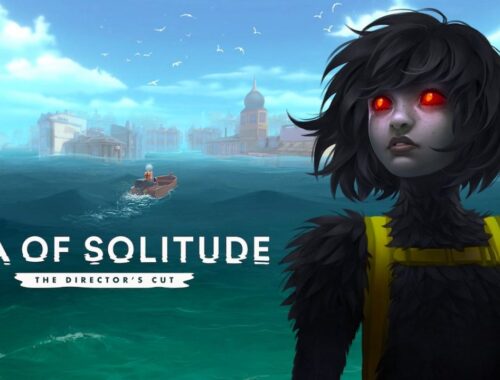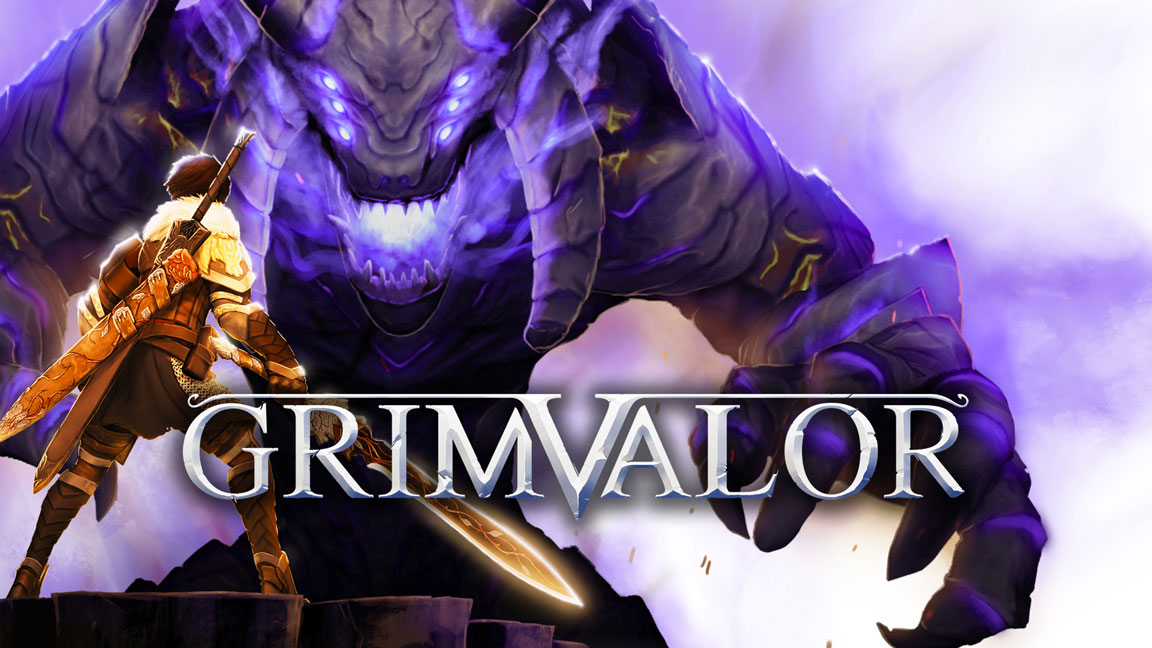Guild of Darksteel Review
Fast Facts
Guild of Darksteel
Developer: Igor Sandman
Publisher: Digerati Digital
Website: https://www.igorsandman.net/
Genre(s): Adventure, Role-Playing
Platform: Nintendo Switch (Reviewed) PC, PlayStation 4
Age Rating: PEGI 12
Release Date: 15/7/21
Price: £13.49
A code was provided for review purposes
Introduction
At first glance Guild of Darksteel can be mistaken as a typical side-scrolling action-adventure. Yet, it’s both and neither. What it is, is a pixel-based narrative adventure that’s been crossed with a rhythm-based game. If you think along the lines of Flashback and Guitar Hero then you’re not too far off track.
Developed by solo-developer Igor Sandman, Guild of Darksteel places you in the role of an immortal sellsword. As this immortal, you’re tasked by the Darksteel Guild in aiding the city of Ravensrock by investigating the growing disturbance within the cities sprawling underbelly.
Story
As a wearer of the magical Darksteel armour, our character has been granted immortality. Free from death your role is to serve the Darksteel Guild as a mercenary who’s tasked with doing the impossible. The tradeoff to this life is that you’re not able to remove the armour, and remain in servitude to the guild. Anyway, the guilds latest contract sees you arrive at the city of Ravensrock where an interdimensional tentacle monster has made residence and as such the city want it gone. As you investigate further, a growing conspiracy starts to rise, and as such your character plans to stop it.
While the overall story of an interdimensional beast and immortal warriors is quite interesting its execution here is pretty lacklustre. The characters we meet don’t add any depth to proceedings and aside from the playable character, no one is particularly memorable. Although a few of the named characters show up more than once they never feel integral to the proceedings.
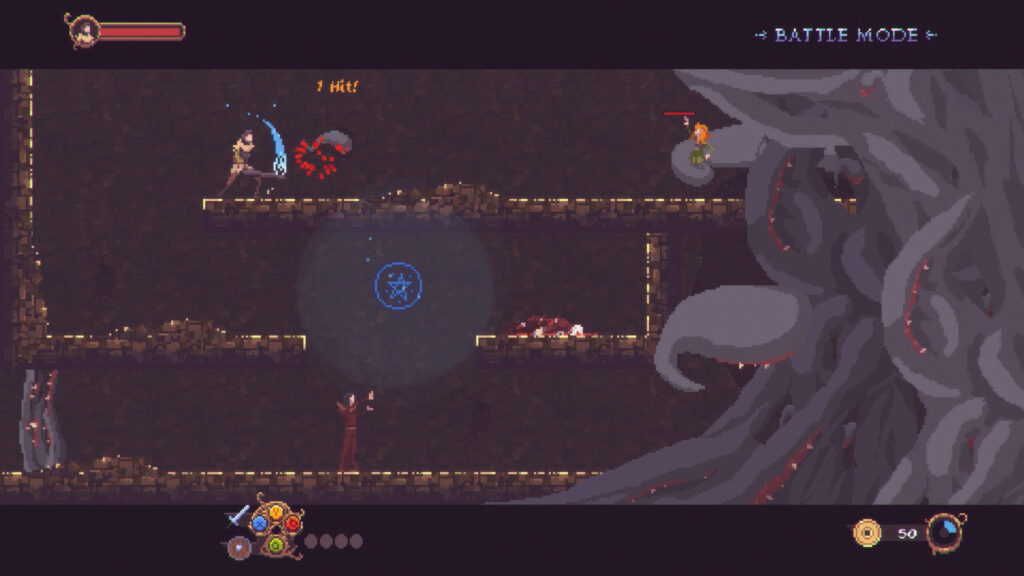
Gameplay
On the surface, the game looks like your typical Metroidvania, especially with its level layout and sense of exploration. Yet, as you progress it’s a very linear experience. You’ll soon find yourself on many fetch quests which will see the world slowly open up to you. There is a fair degree of backtracking too, but this only serves to introduce a new area, rather than a sense of your own free will.
A large bulk of the game will see you fighting the many foes that threatened Ravensrock. The combat is actually pretty decent and it takes on a more rhythm-based formula. Once combat has started the game transitions you into an almost turn-based style arena. You’ll then be given a HUD and an on-screen display of what button does what. The rhythm style comes from the combat pattern of the enemy, who’ll go through a set combat phase as you attempt to judge their next move. It’s fairly easy once you’ve learnt these patterns and most enemies die pretty quickly. You’re also able to perform various combos which not only show off some flashy moves, they’ll also have various effects too – such as health recovery, or damage boosts.
Combat can get very repetitive as you’ll be fighting the same enemies time and time again. There is more of a variety as the game progresses but be prepared -especially at the beginning – to fight the same pixelated bad guys a few dozen times.
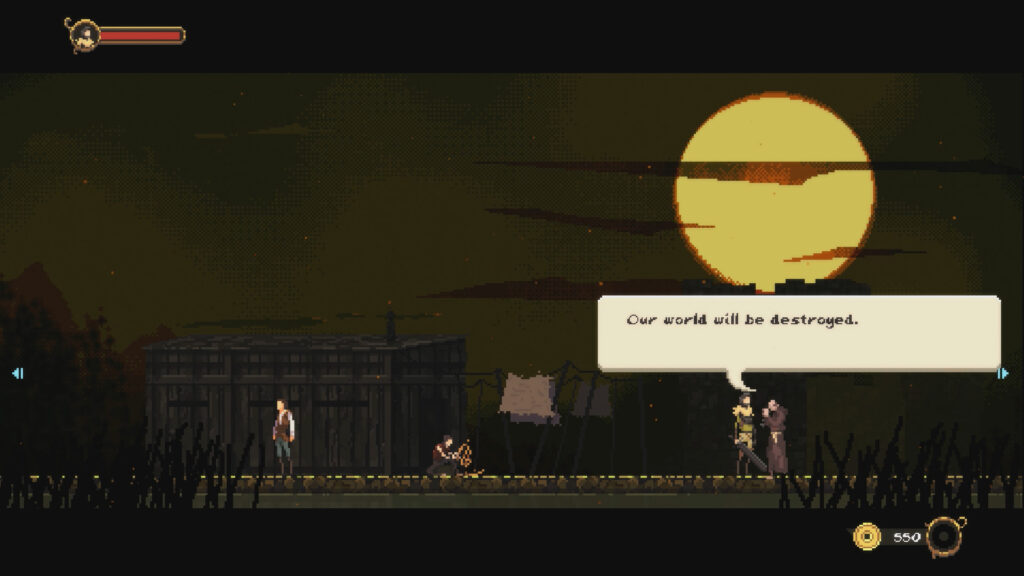
Controls
For the majority, controls are fairly responsive. During combat, they’re pretty quick and offer pitch-perfect timing when either performing combos or blocking your opponent. However, during general gameplay, they can be quite unresponsive and challenging. Jumping and climbing are especially cumbersome in which you’ll have to have pinpoint accuracy to succeed. While it’s not necessarily game-breaking, it’s definitely annoying and slows the game’s pace down.
World Building
As a solo developer, Igor Sandman has crafted quite the world. It’s a dark, gritty, gothic-looking world with some great looking pixel architecture. Each location fits the story well and you’ll be travelling through various bandit camps, underground caverns, and the dark streets of Ravensrock. The characters are also of pixilated design, yet they don’t have the same level of detail to them as the landscapes. It’s often quite difficult to make any sense of who or what you’re talking to, aside from vague assumptions. This is also hampered by the games font. While it’s perfectly readable playing in docked mode, handheld play can see it become a little too close for comfort.
Guild of Darksteel’s soundtrack is also very fitting to the games nature and setting. It’s a mismatch of orchestral tones, bass, and guitar riffs. Igor Sandman also utilises silence to a great effect, during some of the game’s more tense parts, which really builds upon the uneasy atmosphere.
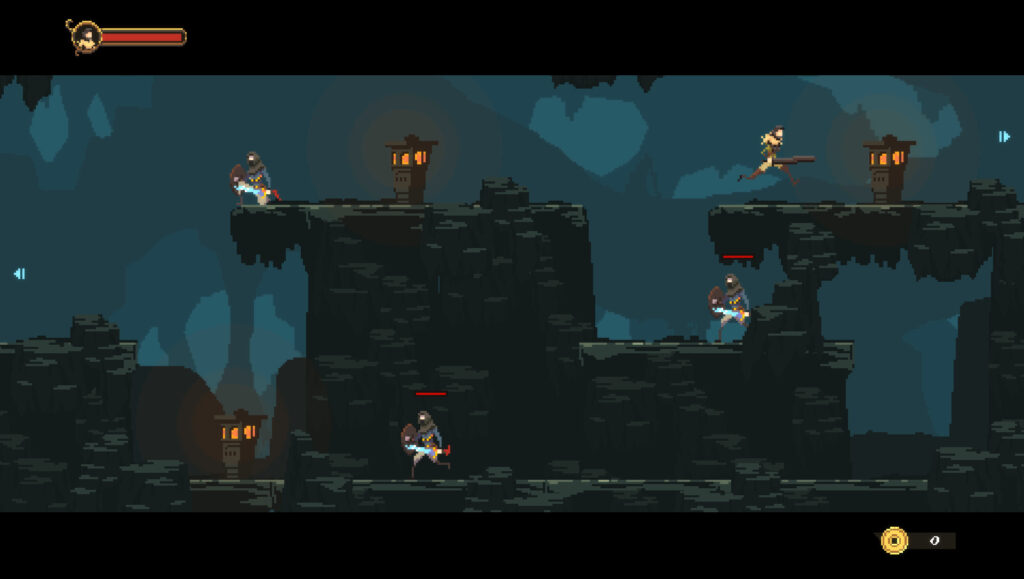
Summary
Guild of Darksteel is an okay game. It’s not brilliant, it’s not bad either. The story mainly takes place within the present and there isn’t much told in regards to your character’s backstory or motivations. Combat is pretty intuitive and the rhythm-based fights offer something different from your standard combat package. While it suffers from repetitiveness, there’s a lot to take away. Even with the game’s weaker points, Igor Sandman needs to be applauded. Guild of Darksteel is clearly a passion project that’s been created with a lot of heart. If anything Guild of Darksteel can be taken as a springboard for future development ideas and I’ll be keeping an eye out for what comes next.
Rapid Reviews Rating

3.5 out of 5
3.5
Guild of Darksteel is out now and can be purchased from the Nintendo Switch eShop by clicking here.

You can find and read our reviews on OpenCritic.



